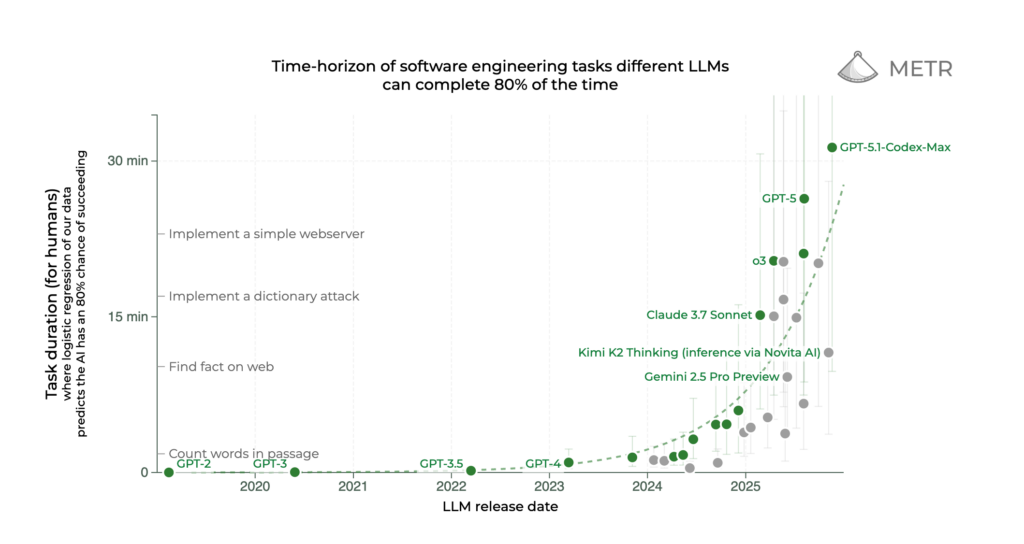From the NY Times: Roomba Maker iRobot Files for Bankruptcy, With Chinese Supplier Taking Control
iRobot, founded in 1990 by three MIT researchers and maker of the Roomba (2002), filed for bankruptcy and will be taken over by its largest creditor, Chinese supplier Picea. Years of regulatory scrutiny, privacy issues, stiff competition, and the failed Amazon deal depleted revenue and left the company heavily indebted.
This is another example of the incompetence of America’s antitrust laws (or enforcement thereof). I can’t imagine that the Sherman Antitrust Act was written to prevent American companies from buying struggling ones.
From John Gruber:
By 2022, the Amazon acquisition was iRobot’s lifeline. EU regulators wanted it shot down, and despite the fact that it was one American company trying to acquire another, the anti-big-tech Biden administration clearly preferred to let the deal collapse. The US should have told the EU to mind their own companies.
This story is another anecdote that we’d be far better off trying to build things instead of reflexively decrying big business sweeping up smaller ones (particularly ones that were struggling). I’m sympathetic to Klein and Thompson’s arguments about abundance, particularly as AI technology is growing by leaps and bounds.
…
Related: WSJ Opinion agrees: How Lina Khan Killed iRobot. iRobot filed for bankruptcy after 35 years when the Biden FTC under Lina Khan—amid pressure from Sen. Elizabeth Warren—blocked Amazon’s acquisition and Trump’s tariffs hobbled production. Critics say the FTC’s opposition and trade policy accelerated layoffs and a takeover by Chinese manufacturer Picea, showing how intervention can strengthen foreign rivals.



